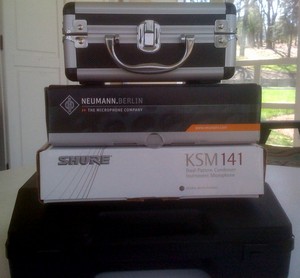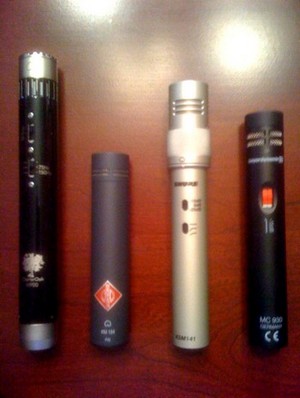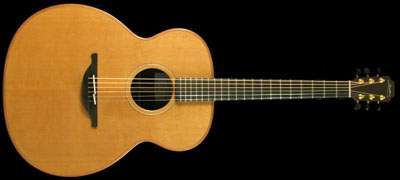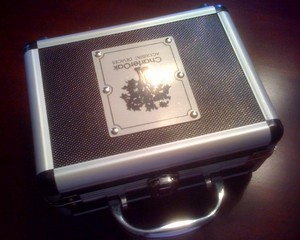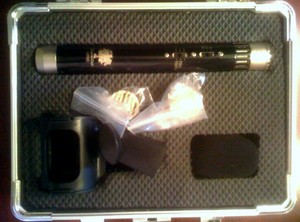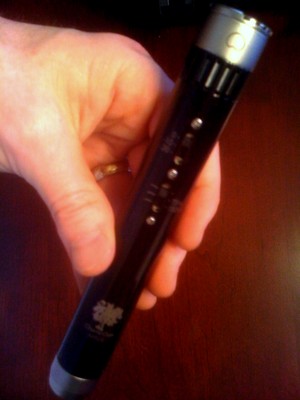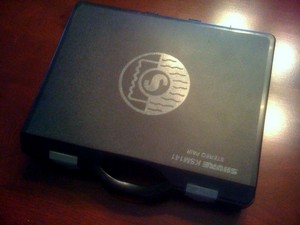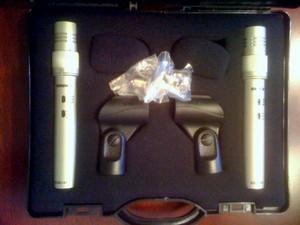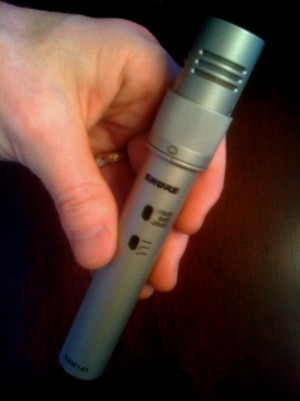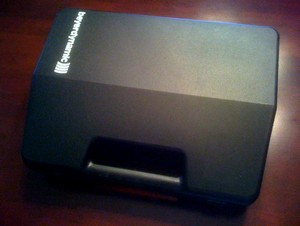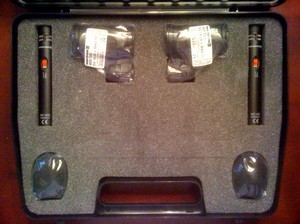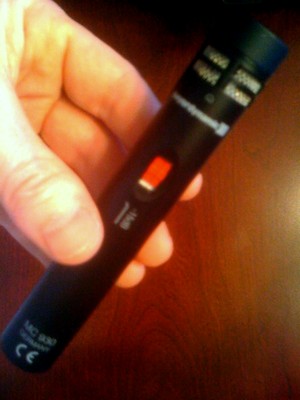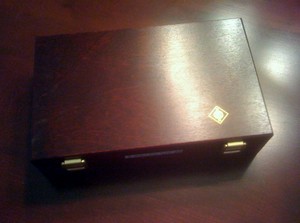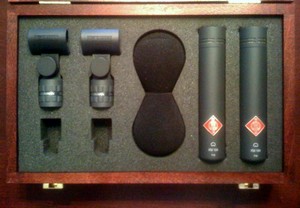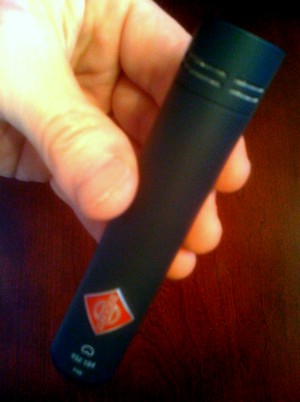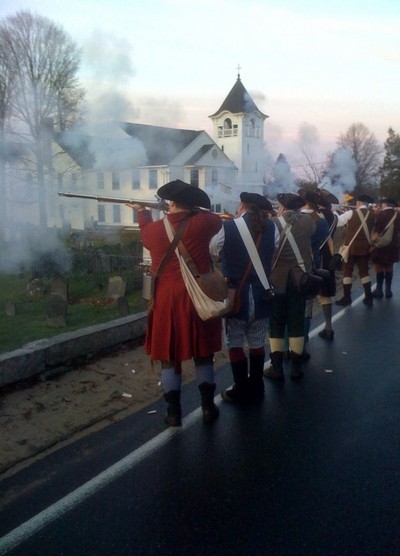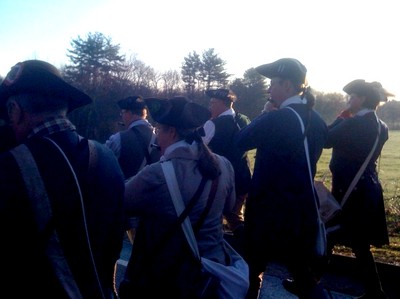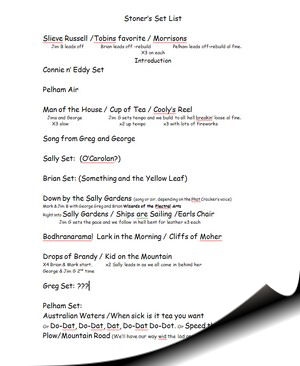 new music
new music
Mariner’s 50th Anniversary

My jeep is packed like a Beverly Hillbilly vehicle in preparation for the Mariners 50th Anniversary. The festivities start with the Mariner Muster this weekend, followed by a week of music with our friends from Switzerland, the Swiss Mariners, and then capped off by a performance at the Deep River Ancient Muster next weekend. It is possible that events from the week will get chronicled at www.themariners.org. Remember, I said possible, not probable.
I know I’ve posted the following track before, but it is a good example of the music we play when we get together with the Swiss. Fun, fun.




